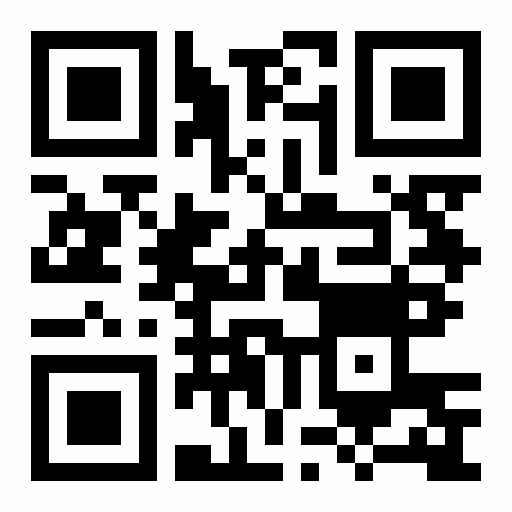




Background and Objective: The dynamic organizations including hospitals, need the leaders that in addition to developing the organizations given the increasing changes, meet their staff's needs, satisfy them, and prevent stress and dissatisfaction caused by these changes. The current research was conducted to evaluate the effect of the leadership style on burnout of the midwives working at maternity hospitals of Khuzestan province. Methodology: This cross-sectional research was conducted on 14 supervisors and 140 midwives working at the maternity hospitals of Khuzestan province. A randomized sampling was used in this study. After obtaining the permission from the relevant authorities, the data were collected using the demographic questionnaires, Hersey and Blanchard’s Leadership Style questionnaire, and Maslach’s Burnout Inventory, and analyzed by SPSS software (version 23). Results: The results revealed that the mean age of the subjects was 33.51 ± 7.70, and 53.6% of them were married. Their mean employment history was 6.89 ± 9.17 months, 82.9% had a bachelor level of education, and 33.6% were officially employed. The directive and supportive leadership styles were dominant in the subjects. There were no significant relationships between the components of leadership style and job burnout. Discussion and Conclusion: The results showed that leadership style affected job burnout in the midwives at the examined maternity hospitals, but this effect was not significant affecting only one dimension of the burnout. Thus, further and wider studies are required in order to reduce job burnout and improve the effectiveness of the leadership style. Moreover, training managers, and reviewing the process of training the management skills and the methods of reducing job burnout are recommended.